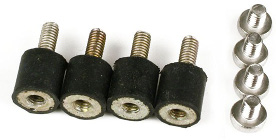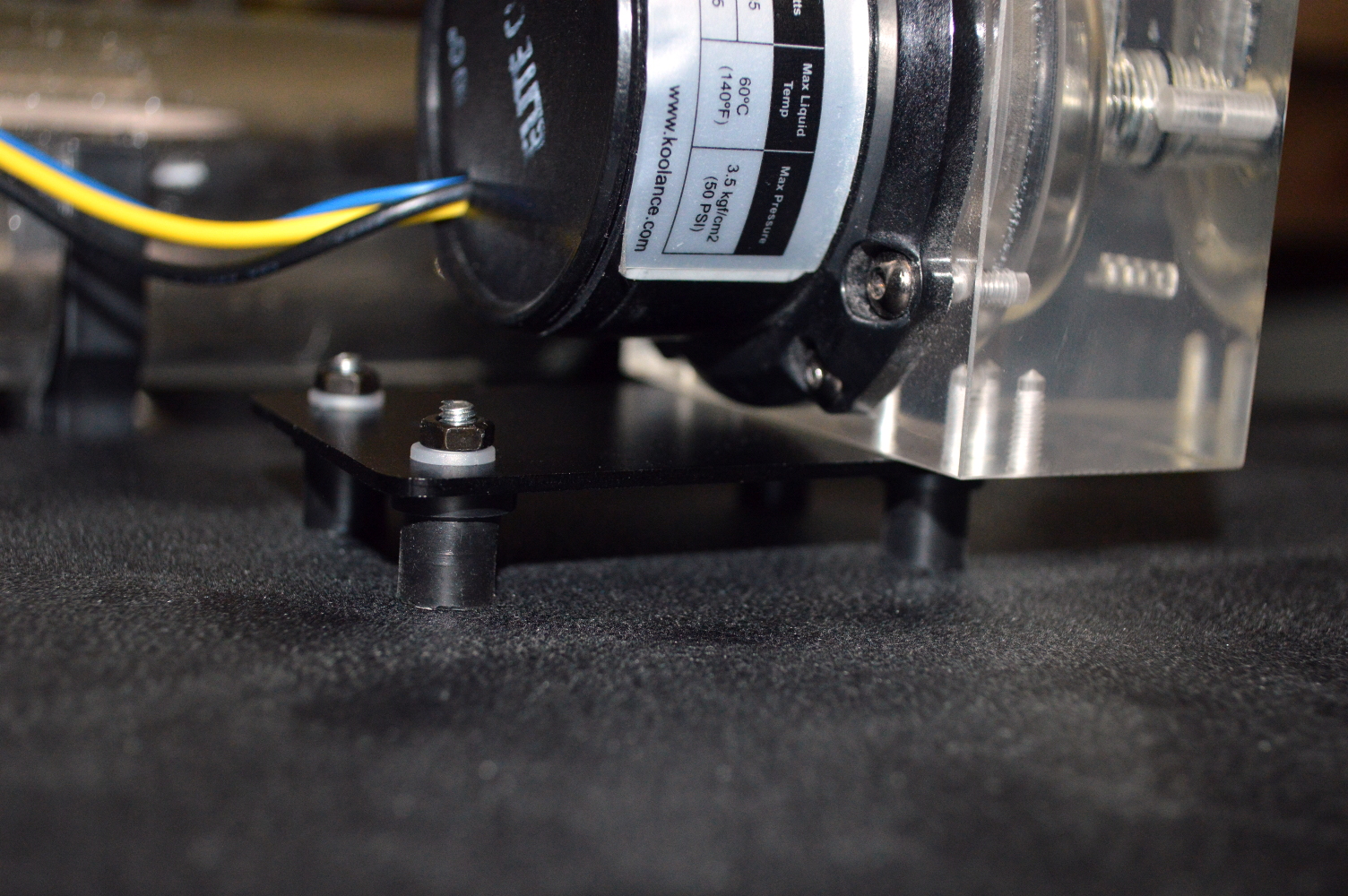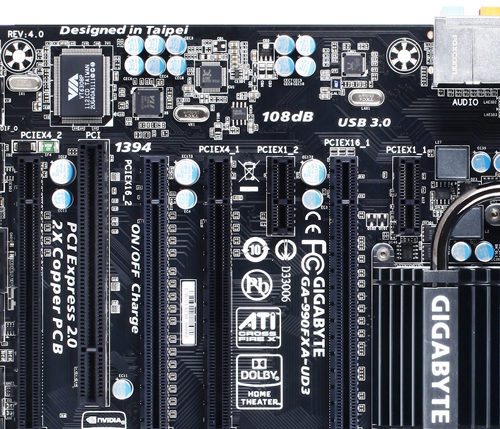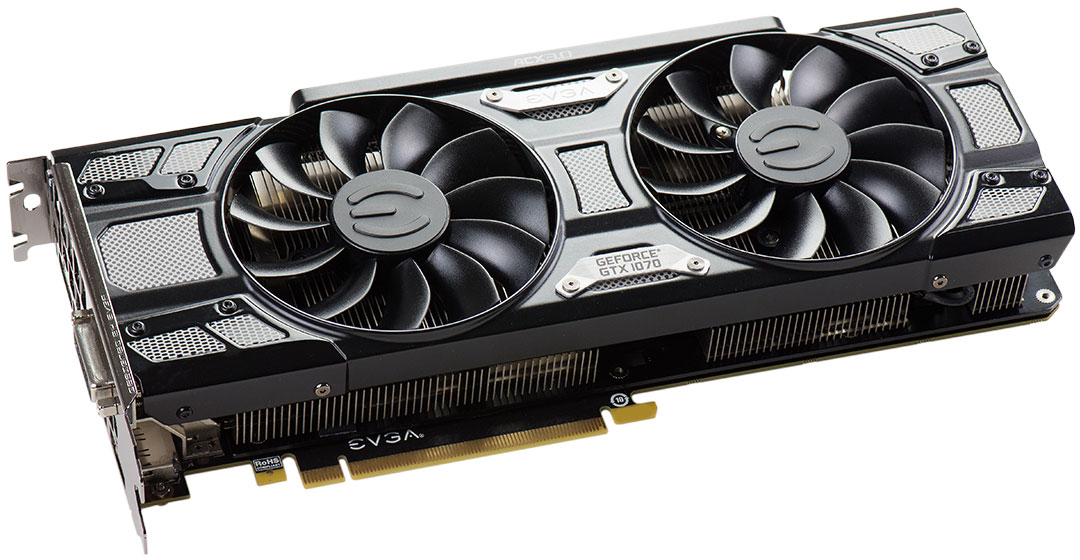Over at Libertarianism.org, Sharon Presley has written several articles on what she dubs “libertarian feminism“. Yet if you read through her articles, she is still just talking about libertarianism. In reading through them myself, I kept wondering when she was going to differentiate libertarian feminism from libertarian philosophy and feminism.
Libertarianism, in a nutshell, is the philosophy wherein it is immoral to initiate force against someone else except where necessity dictates. And necessity is defined very narrowly — e.g. self defense or defense of others, generally.
Feminism at its core is the political philosophy wherein women should have equal political, social, and economic opportunities to men. Patriarchy in feminism is the adversity, wherein women in general do not have such opportunities. Note the phrase “in general”. A woman choosing to be a stay-at-home mother and wife does not mean she is unable to choose a different path in life, only unwilling.
Yet in modern feminism, any woman who doesn’t have high individual aspirations is somehow evidence that women in general do not have opportunities. Somehow a stay-at-home mother is evidence of patriarchy, but women like Sharyl Sandberg are not, while Carly Fiorina is evidence of patriarchy since she’s a Republican. And many well-funded feminist activists continue to espouse the notions that women somehow today do not have the same opportunities merely because the outcomes aren’t as equal as they’d like.
But in Presley’s attempt to clarify the definition of libertarian feminism, she still fails to provide a distinction between libertarian feminism and libertarian philosophy. In general libertarian philosophy is the rejection of any philosophies that provide for any restriction on a person’s liberties and opportunities. The only viable restrictions on a person’s opportunities are those following from a natural order. For example you cannot take advantage of opportunities in New York City if you have no way of getting there as opposed to the government not allowing you to go there.
Like other feminists, we reject gender role stereotypes that limit women’s and men’s psychological autonomy to be what they individually choose to be. Like other feminists, we agree that both women and men have been harmed by these stereotypes. It is our belief in individualism that leads us to reject the notion of gender role stereotypes or any other stereotype that limits individual choice.
And this is also libertarian just as much as it is feminist. The only thing that pins this to feminism is the modern feminist and “social justice warrior” obsession with gender and how men and women have typically lived (as opposed to being forced under pain of reprisal to live a particular way).
Bigotry is a violation of the precepts of individualism.
Not quite. And the implication is the actual violation.
Bigotry is defined as the “stubborn and complete intolerance of any creed, belief, or opinion that differs from one’s own.” A person is free under libertarian philosophy to be a bigot, to completely reject or even be hostile toward any “creed, belief, or opinion that differs from one’s own”, so long as that person is not trying to force his particular opinions and beliefs on others.
If a man wants to believe that a woman’s place is in the kitchen, he is free to believe that. It is the libertarian who leaves him free to live with that belief. And if he finds a woman who is willing to go along with that belief and be your typical 1950s housewife, that is her choice as well. So long as no one forces her to live that life, and she is free to change that way of life or escape it if change is not possible.
On a personal and psychological level as well, we believe in the autonomy of the individual and the right of each individual to make choices about her/his life as they see fit. As noted in my prior essay here, on this issue, we follow in the philosophical footsteps of the individualist feminists who have come before us.
Individualist feminists were concerned with breaking the societal barriers that locked women into a particular way of life. For some women life was still good. For others, not so much. And women who sought to improve their station in life were met with resistance in many ways.
But again I fail to see where this differs from libertarianism.
A patriarchal society is one in which there is a male-dominated power structure both in organized society and in individual relationships. Rather than saying that individual men oppress women, most feminists assert that oppression of women comes from the underlying bias of a patriarchal society. That is, the social structure of patriarchal societies implicitly, and sometimes explicitly, define women as secondary to men, and as obligated to defer to men in matters of importance.
Patriarchy means, in short, that men make all the rules. The parallel, then, is a matriarchy, meaning that women make all the rules. That is the reason many push back with the assertion that the United States and much of the western world are not patriarchal. If men and women both can participate in the creation and modification of rules over that society, it is, by definition, not patriarchal or matriarchal.
The fact that existing rules may have been originally created exclusively by men does not make a society de facto patriarchal so long as women have the ability to assent to or change the standing rules and laws. The only way a society can be considered patriarchal is if the rules governing that society are made by men only, and women have no say in the matter, and no ability to change the rules as they stand.
This distinction is absolutely necessary, and one that is sorely lost on today’s modern feminists.
If a person is making an assertion that something or other is “evidence of patriarchy”, but not linking that assertion in the least to the making of laws and regulations over society, then it is not evidence of patriarchy at all.
Men today do not have exclusive rule and law-making authority at any level of government in the Western world.
Indeed the Constitution of the United States explicitly disavows any patriarchal setup for the Federal government by explicitly excluding from qualification for any office or trust at the Federal level any restriction on the basis of gender. This is further articulated by the Fourteenth Amendment and later by the Nineteenth Amendment with regard to suffrage. As such, since women could always be included into membership in Congress under the Constitution, could be elected President, could be appointed to any office of trust, the United States has never been a patriarchy.
Individual States, however, is where claims of patriarchy find merit, since there were laws at the State and local level that severely restricted the individual rights and freedoms of women because they are women.
But most discussions of “patriarchy” have little to do with rule-making authority and more to do with population demographics within societal roles. If we don’t have 50% gender representation in every walk of life (except roles like garbage collectors, mind you), then patriarchy still exists according to the modern feminist.
Except women today have the full freedom to decide what they will do with their lives. Their decisions are largely governed by what they can do and where they are. A woman who grows up in poverty will have a harder time due to her starting point, but that’s quite different from saying she can’t pursue certain prospects due to standing laws.
In other words, the government is not placing artificial restrictions or barriers on women and what they can do, and women who want to see any rules changed are eligible to run for and be elected to public office to work to see those rules changed.
The rules are not made exclusively by men at any level of government in the United States, and that alone means the United States cannot be a patriarchy.
The standard by which all individuals are judged in a patriarchal society is a masculine one that defines “normal” as that which men do. Women are thus seen as “deviations” from the norm.
WRONG! Women are not judged against men, and women are not seen as “deviations” from what is considered normal. Instead there is a standard by which men are judged, a standard by which women are judged, and a standard by which everyone is judged. In centuries past, that standard was typically Christianity.
Men are judged as husbands, fathers, and providers. Women were judged as wives, mothers, and care takers. And everyone in general was judged against what was considered “normal” and “good” in accordance with Christianity or Catholicism. In large part, this still happens today.
Men being judged by a different standard than women does not automatically mean that women are somehow deviant from men. Women and men are judged by different standards because women and men are different. To judge them by similar or the same standard would be inherently unfair. This is why we segregate women and men into separate sports categories.
But this kind of culture, like all cultures, is mostly invisible to those in the culture so most of its members don’t see that there is any problem. They accept this masculine power structure as normal and reasonable; some going so far as to attack the feminist idea of “patriarchy” without really understanding it.
Again we don’t have a masculine power structure. Rule-making authority within the United States is not exclusively held by men, and has not been held exclusively by men for a long time.
As such, the modern feminist idea of “patriarchy” means, in short, any role within society for which women (more specifically, feminists) demand gender parity where it does not already exist. This is how they can say “patriarchy” when looking at the number of female to male corporate executives, but not when looking at the number of female to male garbage collectors and sewer workers.
Again, patriarchy means men make all the rules, and women make none of them. If you think that describes the United States or pretty much the entire Western world, you’re deluded beyond help.
We see coercive government as just another form of patriarchy. Whether a government of mostly men, as we have now, or even a government of women and men equally divided does not change the nature of such government. It is inherently coercive.
Setting aside the continual misrepresentation of what a patriarchy actually is, we again find that libertarian feminism and libertarianism are not really all that different. Government is inherently coercive. It doesn’t matter who makes the rules. The problem is how they are enforced: threat of reprisal by people who will initiate violence against you for violating those rules.
Libertarians fail to see how women—or men—can be free of domination when they are dominated by a coercive government.
I really hope this statement being included is an editorial oversight.
If one of the goals of feminism to achieve a society in which women are free to make their own decisions about their own lives independent of the coercive domination of men, we fail to see how a government currently dominated by men is an improvement, let alone feminist.
This is the deviation between libertarianism and feminism. Feminism today is inherently authoritarian. Libertarian philosophy is the completely polar opposite.
As noted above, modern feminists want to see gender parity everywhere. Or at least within the roles in which they demand it. And the roles in which they don’t demand gender parity are the roles in which women already dominate — e.g. nursing and teaching — and roles for which there is a high risk of injury or death or ones that just aren’t all that appealing — e.g. logging, sewage, and sanitation.
The libertarian will say that ending the coercion of government will allow both men and women to be free. The modern feminist wants to use the coercion of government to meet a particular outcome.
The feminist demand for solutions using the power of a coercive state still utilizes patriarchic oppression as the mechanism by which these solutions will supposedly be achieved.
It isn’t patriarchic oppression, but just the violence and coercion of the state.
From a libertarian feminist point of view, calling for governmental solutions to such problems as discrimination in hiring, shortage of day care, and lack of gender pay equity, is not only philosophically inconsistent, it doesn’t even work well. In fact it generally makes things worse as many libertarian essays have shown.
And again we see that, aside from continual assertions that our government is patriarchal, much of what she says from this point to the conclusion of her article is libertarian philosophy. Warnings about trying to use the state to effect outcomes. That you don’t stop oppression by becoming the oppressor. And the like. Little of it is actually feminism.
Because libertarian philosophy is inherently an individualist philosophy. Given the current state of feminism, to call oneself a “libertarian feminist” is oxymoronic. Feminists today are very authoritarian. And much of feminism over the last century has also been authoritarian, allying with Marxism and other authoritarian philosophies.
When libertarian feminists say they want liberty for all women and men, they really mean it.
Great! But why adopt the feminist label when it is largely inapplicable to your philosophy? That is where you get attacked, especially given modern feminism is, as I’ve said, very authoritarian.
Again the idea of “libertarian feminism” is oxymoronic. And the idea of being a feminist fighting for individual rights, what some such as Liana Kerzner have dubbed “choice feminism”, would be considered an anathema by many modern feminists such as Anita Sarkeesian.
You agree with feminist descriptions of how society is — however wrong those descriptions are — given your continual assertions of “patriarchy”. That alone doesn’t really make you a feminist, though you are choosing to adopt the label, since feminism is more than that.
Much of what you espouse as “libertarian feminism” is just libertarian philosophy. You’ve merely put a “feminist” bent on it in an attempt to label it as some form of “feminism”. I think this is because you were a feminist first, but became skeptical of the means by which modern feminists seek their ends. In other words, feminism brought you to libertarianism, and you’re calling your overall philosophy “libertarian feminism” for this reason.
But much of what feminism sought at the government level, however, has already been attained, as I’ve already described. Women can participate in the rule making process, even if individual women don’t get their way, so we do not live in a patriarchal society. Those walls have been torn down.
Now you’re just fighting for the general freedom of everyone and the reduction of state power, which makes you a libertarian, not a libertarian feminist.







 And for this switch I’ve opted to use an old PCI graphics card, a
And for this switch I’ve opted to use an old PCI graphics card, a 







You must be logged in to post a comment.